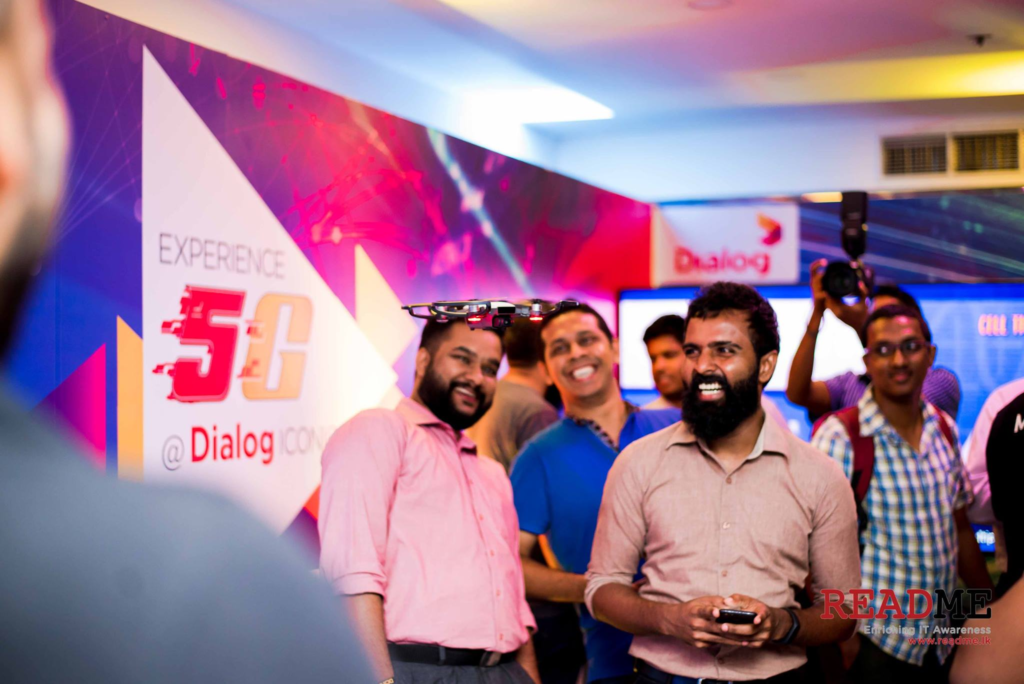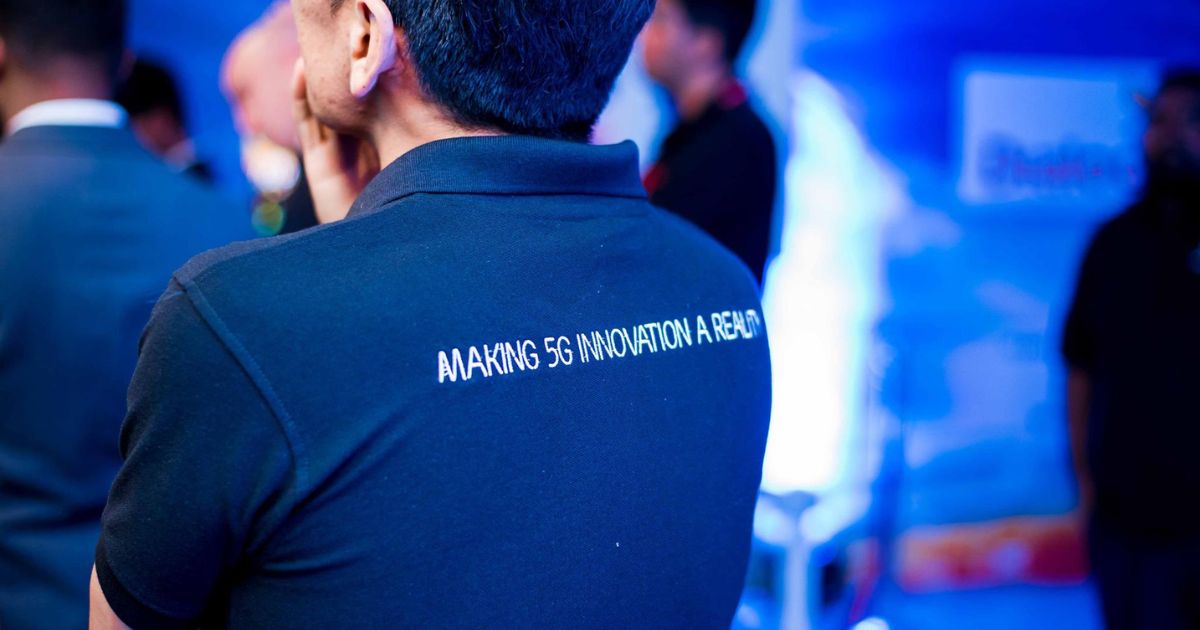Say the word 5G and you immediately think of really really fast internet, low latency (ping) and ultra HD content streaming. In fact, these are just some of the uses. At a landmark event yesterday, Dialog Axiata announced that they had successfully carried out the first 5G test in all of South Asia hitting a speed upwards of 35Gbps, making it by far the first Telecommunication provider to do so. The Telco initially carried out a massive MIMO trial in May 2017 to pave the way for a 5G test and now it appears that their endeavors have paid off.
The event was graced by noted individuals such as Austin Fernando, Secretary to the President and Chairman of the Telecommunications Regulatory Commission of Sri Lanka, Dumindra Ratnayaka, Chairman of the Board of Investment of Sri Lanka, and M. Kingsly Fernando, Actg. Director General of Telecommunications Regulatory Commission of Sri Lanka. Others present included Todd Ashton, President of Ericsson Malaysia and Sri Lanka, Supun Weerasinghe, Group CEO of Dialog Axiata, and Prof. Dileeka Dias, Dean, Faculty of Graduate Studies at the University of Moratuwa.
A first in South Asia by Dialog Axiata
The 5G capability trial was carried out at the Dialog Iconic also known as Dialog Headquarters at Union Place. Present there to carry out the tests were officials from Huawei and Ericsson as technology partners. Vinod Samarawickrama, Country Vice President at Ericsson Sri Lanka was on stage first. He gave a brief background on Ericsson and what they do. He then spoke about the collaboration between Dialog Axiata and Ericsson where Ericsson was established in Sri Lanka in 1994 and since then, both parties have had a partnership for the last 15 years.
Next up was Mike Macdonald, Group CTO and Executive Consultant at Huawei Technologies. Mike explained how more than people, it’s things such as devices, sensors, and sensing devices that are connected. Because of this, we need to rethink how we build networks. With 5G all this is possible because compared to 4G, you can connect a lot more devices to a 5G network and they can all communicate with each other with very low latencies.
Mike’s speech was followed by a short speech by Pradeep De Almeida, Group Chief Technology Officer at Dialog Telekom PLC. Pradeep thanked everyone for attending the event and explained some of the benefits of 5G and the need to implement such a network. Data-rich networks are driven by consumer requests. Consumers need more data and speed in order to do what they do, be it browsing Facebook, checking their Instagram feeds, or even multiplayer gaming. 5G however is an industry-driven technology. It can be used by multiple IoT devices to communicate simultaneously to make split-second decisions.

Testing 5G Speeds
With that, the launch came to an end and those attending (ourselves included) were all invited to witness a live demo of 5G speeds. The speed of 35Gbps was achieved by the use of one 5G antenna. If two such devices were used, the theoretical bandwidth would be 70Gbps. You would see major advancements in the fields of robotics, autonomous vehicles, remote surgery, and ultra-high-definition content streaming and playback. All that being said though, we’re still looking at a commercial launch of 5G by the year 2019 and even then it will be mostly for sensors and sensing devices.

5G-enabled smartphones will take a bit of time to make an appearance as there are a few factors to consider such as the energy needed to power a 5G antenna (which a mobile phone lacks) and also the fact that these antennas are quite costly so miniaturizing it while at the same time making it cost-effective is a challenge. Qualcomm, for example, announced back in April that their Snapdragon X50 would be the company’s first 5G capable modem available by 2018 or so. Overall, as we have said earlier, while 5G is indeed welcome, Telcos should also ensure that everyone gets acceptable 3G and 4G coverage as well.







GIPHY App Key not set. Please check settings